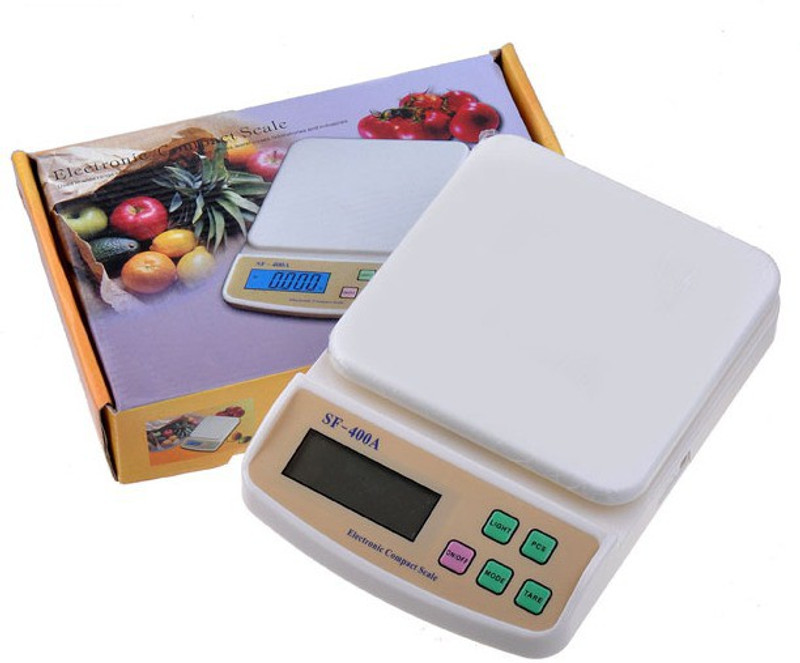Earth Day 2025: Dress For The Planet, Not Just For The Moment

Every year, Earth Day reminds us of the urgent need to take better care of our planet. We talk about planting trees, cutting down plastic, and switching to renewable energy. But there's one big player in the environmental crisis that often slips under the radar, and that is fashion.

Earth Day 2025: Dress For The Planet, Not Just For The Moment; Photo Credit: Pexels
Yes, what we choose to wear is just as important as how we choose to live. The fashion industry is responsible for roughly 10% of global carbon emissions, according to the United Nations, and is the second-largest consumer of the world's water supply. If there's ever been a moment to rethink our wardrobes, it's now. Every year on April 22, we celebrate Earth Day. And this year, Earth Day is not just about slogans and posters, it's about real change. And that change can start with your next outfit.
Why Fashion Needs A Sustainable Route
Fashion is fast, literally and figuratively. "Fast fashion" churns out cheap, trendy clothes at a dizzying pace, encouraging a throwaway culture. Clothes that are worn a handful of times (if at all) end up in landfills, where synthetic fibres like polyester can take up to 200 years to decompose.
And it's not just waste. Producing a single cotton T-shirt requires around 2,700 litres of water, enough for one person to drink for nearly three years. The dyeing and finishing processes of garments release toxic chemicals into rivers and oceans, destroying ecosystems along the way. It's a high price to pay for a new top you might wear twice.
If fashion got us into this mess, it can also help lead us out. But it needs all of us, designers, brands, and most importantly, consumers, to make conscious choices.
What Is Sustainable Fashion

Earth Day 2025: Dress For The Planet, Not Just For The Moment
Photo Credit: Pexels
Sustainable fashion isn't about giving up style. It's about embracing clothes that are kind to the planet and the people who make them. It means choosing garments that are made ethically, from eco-friendly materials, produced under fair labour conditions, and designed to last beyond a single season.
It also means shopping less, but better. It's about cherishing what you own, repairing what you can, and recycling or donating what you no longer need. It's about moving away from trend-chasing and towards personal style that doesn't cost the Earth.
In 2025, sustainability is no longer a niche conversation reserved for eco-activists. It's becoming a necessary standard for anyone who cares about the future.
How You Can Make A Difference, Starting Today

Earth Day 2025: Dress For The Planet, Not Just For The Moment
Photo Credit: Pexels
Switching to sustainable fashion doesn't mean you have to overhaul your entire wardrobe overnight. Small, mindful changes can create a big ripple effect. Here's how you can start:
-
Buy Less, Choose Well
Channel your inner Vivienne Westwood, one of the loudest voices for sustainable fashion, who famously said, "Buy less, choose well, make it last." Invest in timeless pieces that are made to last, rather than cheap items that fall apart after a few washes.
-
Support Ethical Brands
More and more brands are stepping up with ethical, transparent production practices. Look for certifications like GOTS (Global Organic Textile Standard), Fair Trade, and B Corp when you shop. They're not just fancy labels; they're signs that a brand takes its responsibilities seriously.
-
Second-Hand Is First-Class
Vintage shops, charity shops, and online resale platforms have exploded in popularity. Shopping second-hand is one of the greenest choices you can make, it gives clothes a new life and keeps them out of landfills. Plus, there's a certain thrill in finding a one-of-a-kind piece that nobody else has.
-
Care For Your Clothes
How you look after your clothes matters. Washing less often, using cold water, air drying, and repairing small damages extends the life of your garments and saves energy too.
-
Rent, Swap, Share
You don't have to buy every outfit you wear. Renting clothes for special occasions or organising swap parties with friends are brilliant ways to enjoy variety without contributing to waste.
The New Cool: Mindful Style

Earth Day 2025: Dress For The Planet, Not Just For The Moment
Photo Credit: Pexels
The good news? Sustainable fashion is no longer associated with dull, hemp-coloured basics. Designers are proving that "green" can be glamorous, edgy, and expressive. From high-end couture made from upcycled materials to streetwear brands championing recycled fabrics, sustainable style is breaking all the old stereotypes.
Actors like Alia Bhatt, too, are starting to lead by example, promoting #OutfitRepeats and eco-friendly hauls. Mindful style is quickly becoming the new cool. Wearing your values on your sleeve, quite literally, has never been more fashionable.
Earth Day 2025: More Than Just A Hashtag
This Earth Day, don't stop at a social media post. Let your actions speak. If you care about rising sea levels, disappearing wildlife, and cleaner air, remember that the clothes you wear are a part of that fight too.
Going sustainable in fashion is not about perfection; it's about progress. Every choice, no matter how small adds up. Whether you buy one less T-shirt, mend your old jeans, or choose a local artisan over a mass-produced brand, you are making a difference.
Earth Day 2025 is your cue. Fashion can be fun, fabulous, and fiercely planet-friendly, all at once. So next time you're eyeing a new outfit, ask yourself: is this helping or hurting the planet?
Because style is eternal and with a bit of care, so is Earth.
Earth Day Edit 2025: Explore Recycled Products From BeYoung, Virgio And More On Myntra
1. Virgio Women Floral Mini Length Recycled Polyester Skirt
2. DailyObjects Kelp Recycled Cobble Phone Messenger Bag
3. Beyoung Recycled Check Flannel Shirt
4. Roadster The Lifestyle Co Mustard Yellow Recycled Polyester Printed Puff Sleeve Top
5. Beyoung Recycled Plaid Flannel Shirt
6. CHUPPS Men ErgoX Plus Comfort Slider -Recycled Materials
7. Jockey Wirefree Padded Recycled Racer Back Styling Sports Bra
8. IMPERATIVE Men Navy Blue Melange Solid Recycled Cotton Track Pants
Frequently Asked Questions (FAQs)
1. What is sustainable fashion and why is it important?
Sustainable fashion refers to clothing that's designed, produced, and consumed in ways that protect both the environment and human rights. It's important because the fashion industry is one of the biggest contributors to pollution and climate change.
2. How can I start building a sustainable wardrobe?
Start by buying fewer, higher-quality items, supporting ethical brands, shopping second-hand, and caring properly for the clothes you already own.
3. Are sustainable clothes more expensive?
While eco-friendly clothes can sometimes cost more upfront, they often last longer, making them a smarter investment over time.
4. Can sustainable fashion still be stylish?
Absolutely! Today, sustainable fashion offers everything from chic minimalism to bold statement pieces, all designed with the planet in mind.
5. How does fashion impact the environment?
Fashion contributes to carbon emissions, water wastage, chemical pollution, and landfill overflow. Choosing sustainable fashion helps reduce these impacts significantly.
Disclaimer: The images used in this article are for illustration purpose only. They may not be an exact representation of the products, categories and brands listed in this article.


























